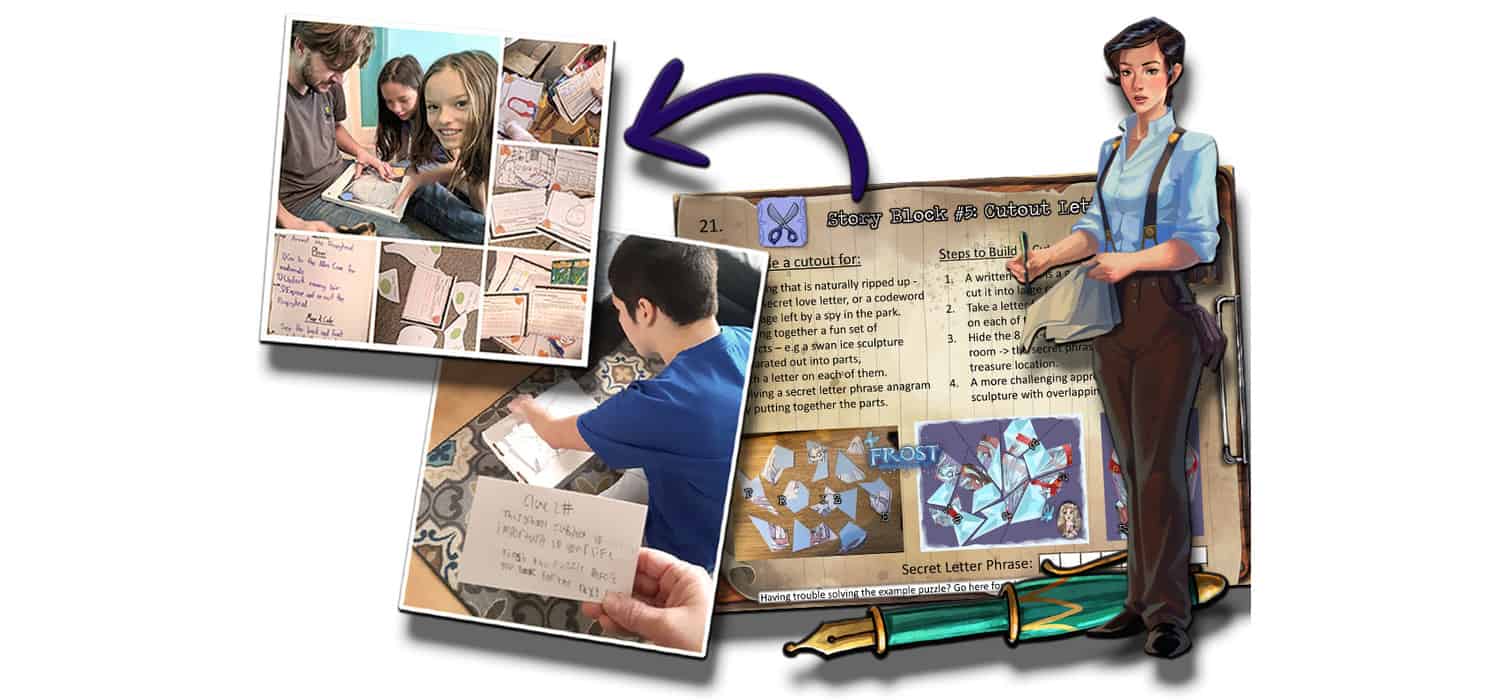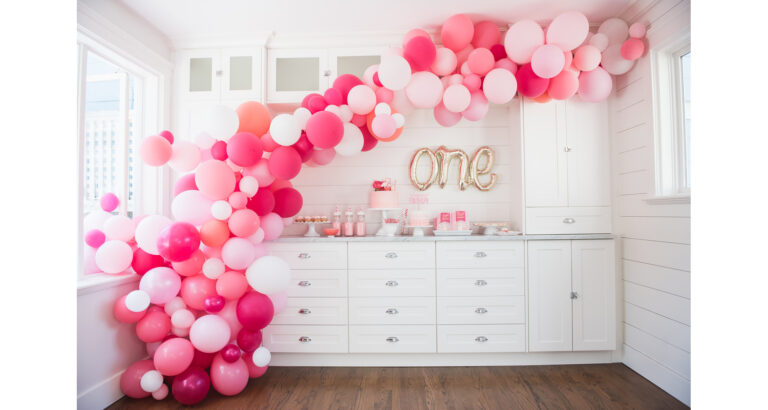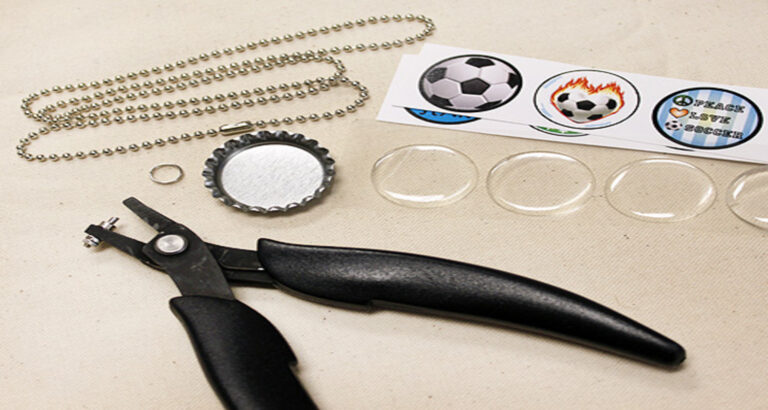Ever dreamed of creating an adventure right at home? Transforming your living space into a thrilling escape room is easier than you think. This guide will walk you through crafting an unforgettable experience, blending creativity, storytelling, and puzzles. Dive in to unlock the secrets of making a DIY escape room that promises an exhilarating adventure for family and friends.
To make a DIY escape room, start with a captivating theme, design engaging puzzles and tasks that fit the storyline, and arrange them in a logical flow. Ensure the setup is immersive and test it thoroughly for a seamless experience.
Also read: How To Build A Frame For An Electric Fireplace Insert
Conceptualization and Planning
This phase of creating a DIY escape room, it’s crucial to focus on laying a strong foundation for an engaging and memorable experience. This phase involves brainstorming and organizing the core elements that will define your escape room, including the theme, storyline, puzzles, and the overall flow of the game. Here’s a detailed approach to ensure you cover all necessary aspects effectively:
Choose a Captivating Theme and Storyline
When conceptualizing an escape room, selecting a captivating theme and storyline is paramount. This foundation sets the tone and immerses players in the experience. Begin by brainstorming themes that are popular or resonate with your target audience. Consider genres such as mystery, adventure, horror, or science fiction. Once you’ve settled on a theme, craft a compelling storyline that guides the narrative. The story should be engaging, with a clear objective for players to achieve. For example, if your theme is a haunted mansion, the storyline could involve uncovering the mystery of a ghostly presence and finding the key to escape before it’s too late. Ensure that the storyline is coherent and integrates seamlessly with the puzzles and challenges you plan to include. A well-thought-out theme and storyline not only captivate players but also provide a framework for the design of the escape room.
The story should be engaging, with a clear objective for players to achieve. For example, if your theme is a haunted mansion, the storyline could involve uncovering the mystery of a ghostly presence and finding the key to escape before it’s too late. Ensure that the storyline is coherent and integrates seamlessly with the puzzles and challenges you plan to include. A well-thought-out theme and storyline not only captivate players but also provide a framework for the design of the escape room.
Also read: How To Store Craft Paint: Full Guide
Design the Winning Path
- Designing the winning path involves mapping out the sequence of puzzles and challenges that players must solve to achieve their objective. Start by defining the ultimate goal of the game, which should align with the storyline. For example, if the objective is to find a hidden treasure, the winning path could involve a series of clues leading to its location.
- Next, determine the number and types of puzzles that will make up the path. These should vary in difficulty and style to keep players engaged and challenged. Consider incorporating a mix of logical, physical, and observational puzzles to cater to different skill sets.
- As you design the path, ensure that each puzzle is logically connected and contributes to the progression of the game. The flow should be intuitive, guiding players from one puzzle to the next in a way that feels natural and maintains the narrative’s momentum.
- It’s also important to include checkpoints or milestones along the path. These provide players with a sense of accomplishment and help them gauge their progress. Additionally, consider incorporating twists or surprises that keep the experience exciting and unpredictable.
- Finally, test the winning path thoroughly to ensure that it is challenging yet achievable, and that it provides a satisfying and coherent experience from start to finish.
Creative Puzzle Creation
Creating puzzles for an escape room requires a balance of creativity, logic, and thematic integration. Start by brainstorming ideas that align with your theme and storyline. For example, if your escape room is set in a medieval castle, puzzles could involve deciphering ancient runes or solving riddles related to knightly quests.
When designing puzzles, consider the following elements:
- Variety: Incorporate different types of puzzles, such as riddles, logic puzzles, physical challenges, and pattern recognition. This keeps the game interesting and caters to diverse player strengths.
- Difficulty: Create a range of puzzles from easy to difficult. Begin with simpler puzzles to build confidence, and gradually increase the complexity to keep players engaged and challenged.
- Integration: Ensure that each puzzle fits seamlessly into the storyline and contributes to the overall narrative. Puzzles should feel like a natural part of the environment and not out of place.
- Interactivity: Design puzzles that encourage teamwork and interaction among players. This enhances the social aspect of the game and makes the experience more enjoyable.
- Clarity: Make sure the instructions and objectives of each puzzle are clear and concise. Ambiguity can lead to frustration and detract from the overall experience.
In addition to these elements, consider incorporating technology and innovative mechanics to add a modern twist to your puzzles. This could include the use of electronic locks, sensors, or augmented reality elements. Once you have designed your puzzles, test them thoroughly to ensure they are solvable, enjoyable, and contribute to the overall flow of the game.
Also read: How To Paint Craft Wood | Complete Guide
Organizing Puzzles into a Cohesive Flow
Organizing puzzles into a cohesive flow is crucial for a seamless and engaging escape room experience. Start by laying out the sequence of puzzles in a logical order that aligns with the storyline and the winning path. Each puzzle should lead naturally to the next, with clear connections and transitions.
To achieve a balanced flow, consider the following:
- Pacing: Distribute puzzles evenly throughout the game to maintain a steady pace. Avoid clustering too many difficult puzzles together, which can cause bottlenecks and frustration.
- Progression: Arrange puzzles in a way that gradually increases in complexity. This helps build momentum and keeps players motivated.
- Variation: Mix different types of puzzles to prevent monotony. Alternating between mental and physical challenges can keep the energy levels high and cater to different player preferences.
- Interconnectedness: Create puzzles that are interconnected or build upon each other. This can add depth to the game and encourage players to think critically about how each puzzle fits into the bigger picture.
Additionally, incorporate checkpoints or milestones within the flow. These can serve as moments of celebration and provide a sense of progress. They can also be used to deliver hints or adjust the difficulty level if players are struggling.
Finally, ensure that the flow of puzzles supports the narrative arc of the storyline. The climax of the game should coincide with the most challenging puzzles, leading to a satisfying resolution that ties back to the initial objective. By organizing puzzles into a cohesive flow, you create a structured yet dynamic escape room experience that keeps players engaged and immersed from start to finish.
Also read: How To Paint Craft Foam: Step-By-Step Guide
Execution and Final Touches
After meticulously planning your DIY escape room, it’s time to bring your vision to life. Execution and final touches are crucial for creating an immersive and enjoyable experience for your players. Here’s how to ensure your escape room is a hit from start to finish.
Setting Up the Escape Room
- Setting up the escape room involves transforming your conceptual design into a physical space. Begin by choosing a suitable location that can accommodate your theme and puzzles. Ensure the room is safe, accessible, and has adequate lighting and ventilation.
- Next, focus on creating the environment. Use props, furniture, and decorations to bring your theme to life. For example, if your theme is a pirate ship, you might include barrels, ropes, and treasure chests. Pay attention to details that enhance the atmosphere, such as background music, lighting effects, and thematic scents.
- Arrange the puzzles and challenges within the room in a way that aligns with the storyline and flow. Ensure that all mechanisms and technology are functioning correctly and that clues are placed strategically.
- Safety is paramount, so make sure that emergency exits are clearly marked and accessible. Provide a briefing area where players can receive instructions and safety guidelines before entering the room.
Adding Immersive Elements
To elevate the escape room experience, add immersive elements that engage the senses and emotions of the players. This can include:
- Sound: Use background music and sound effects to set the mood and enhance the theme. For example, play eerie music in a haunted house theme or ocean sounds in a pirate ship setting.
- Lighting: Utilize lighting to create ambiance and highlight important areas or clues. Use dim lighting for a mysterious atmosphere or colored lights to indicate different zones or puzzles.
- Special Effects: Incorporate effects like fog machines, strobe lights, or projections to add excitement and realism to the environment.
- Props and Costumes: Provide players with thematic props or costumes to wear during the game. This can help them fully immerse themselves in the role-playing aspect of the escape room.
- Scent: Use scent diffusers to add an olfactory dimension to the experience. For example, a musty smell for an ancient tomb theme or a salty sea breeze for a nautical adventure.
By engaging multiple senses, you create a more immersive and memorable experience for the players.
Testing and Tweaking
- Before officially opening your escape room, it’s crucial to conduct thorough testing and make necessary tweaks. Start by inviting a diverse group of testers to play through the game. This could include friends, family, or even enthusiasts from the escape room community.
- Observe the testers as they play, noting any areas where they seem confused, frustrated, or disengaged. Pay attention to the pacing of the game, the clarity of the puzzles, and the overall flow.
- After the test run, gather feedback from the participants. Ask about their experience with each puzzle, the difficulty level, and their overall enjoyment of the game. Use this feedback to identify areas for improvement.
- Based on the insights gathered, make adjustments to the puzzles, flow, and environment. This could involve tweaking the difficulty of certain puzzles, clarifying instructions, or enhancing the thematic elements of the room.
- Repeat the testing and tweaking process as needed until you are confident that the escape room provides a challenging, enjoyable, and seamless experience.
Hosting the Escape Room Event
- Hosting a successful escape room event requires careful planning and execution. Start by setting up a booking system and promoting your escape room through various channels such as social media, local advertising, and online platforms.
- On the day of the event, ensure that everything is in place and that the room is reset for each group of players. Greet participants warmly and provide a brief orientation that covers the rules, safety guidelines, and the backstory of the escape room.
- During the game, monitor the progress of the players and be ready to provide hints if they are struggling. This can be done through a walkie-talkie, intercom system, or an in-room screen. The goal is to keep the game challenging but not frustrating.
- After each session, debrief with the players and encourage them to share their experiences and feedback. This not only enhances their overall experience but also provides valuable insights for future improvements.
- Finally, maintain the escape room by regularly checking and updating the puzzles, props, and technology. This ensures that the experience remains fresh and exciting for new players.
- By hosting a well-organized and engaging escape room event, you create a memorable experience that participants will want to share with others, potentially leading to repeat visits and positive word-of-mouth.
Also read: How To Paint Craft Foam: Step-By-Step Guide
Conclusion
In conclusion, creating and running an escape room involves a meticulous process that spans from conceptualization to execution. By carefully selecting a captivating theme and storyline, designing a winning path, and creating engaging puzzles, you set the foundation for an immersive experience. Organizing these puzzles into a cohesive flow ensures a smooth and enjoyable game for players.
The execution phase is equally important, with the setup of the escape room, the addition of immersive elements, and thorough testing and tweaking being crucial steps to ensure the success of the experience. Hosting the escape room event with attention to detail, customer service, and ongoing maintenance will ensure that players leave with memorable experiences and positive impressions.
Overall, the key to a successful escape room lies in the balance between challenge, immersion, and enjoyment. By focusing on these aspects and continuously seeking feedback and improvements, you can create an escape room that stands out and provides an unforgettable adventure for all who dare to enter.
Also read: How To Make Bracelets Out Of Craft Lace: A Step-By-Step Guide
FAQ’s
What basic elements are needed for a DIY escape room?
To create an engaging DIY escape room, you need a compelling theme, a series of interconnected puzzles, and a clear storyline. Ensure puzzles vary in difficulty and type, including physical tasks and mental challenges.
How can I make my DIY escape room challenging yet solvable?
Balance is key. Incorporate a mix of task-based and puzzle-based challenges, ensuring they align with the storyline. Use hints wisely, allowing players to progress without getting too frustrated.
What are some common themes for DIY escape rooms?
Popular themes include haunted mansions, treasure hunts, space exploration, and historical adventures. Choose a theme that excites you and can be effectively brought to life in your space.
How long should a DIY escape room experience last?
Aim for 30-60 minutes. This duration keeps players engaged without overwhelming them. Adjust complexity and number of puzzles to fit within this timeframe.

I am Sammy and I blog at Live it. Love it. Make it. It is creative lifestyle blog run by best friends H and Sammy. Head over and follow our crafty adventures!






